In Australia, a special number is important for homes near fires. It’s called the Bushfire Attack Levels (BAL) in Australia. This rating shows how safe a home is from wildfires. After big fires in 2019, knowing BAL is key for homes near fires.
The BAL system looks at many things like fire danger and the land around a home. For example, some places in Australia have a fire danger of 100. This shows how important BAL is for keeping homes safe.
Depending on where you live, your home might face different dangers from fires. Some areas are safer than others. Homes in risky areas need special building rules to stay safe from fires1.
Table of Contents for Bushfire Attack Levels (BAL) in Australia
Key Takeaways:
- Understanding BAL ratings is important for homes near fires.
- Your home’s BAL rating affects building rules, like materials and design.
- Fire danger and land types help decide a home’s BAL rating21.
- Living in Australia means knowing about fire risks.
- Following BAL rules is part of adapting to Australia’s changing climate, like the Renewable Energy Target in Sustainable Home Magazine.
What are Bushfire Attack Levels (BAL) in Australia?
Knowing about the Bushfire Attack Level (BAL) is key for homeowners in Australia. It’s especially important for those in bushfire-prone areas. The BAL measures how much a building site might be exposed to bushfires. It helps in designing homes to fight off bushfire threats.
Why is BAL Classification Important for Homeowners?
Knowing your home’s BAL rating helps make it safer from bushfires. It tells you what materials and designs to use. This way, your home can better withstand ember attacks and heat from fires.
Having the right BAL rating can also protect your property and keep you and your family safe.
How BAL Ratings are Calculated
The BAL assessment looks at many things. It checks the nearby plants, the land’s slope, and past fires. These details are important for figuring out the BAL rating.
The Australian Standard AS 3959:20183 guides this process. Ratings go from BAL LOW to BAL FZ. BAL FZ means the house must handle extreme fire conditions.
BAL Ratings and Building Standards
Following the BAL rules is important for safety. For example, homes rated BAL-19 and up need special materials for walls3. Homes rated BAL-40 must have steel roofs to fight off embers and heat3.
Even windows, doors, and decks need to be made of strong materials. This is to protect against intense bushfire effects in higher BAL areas.
In short, knowing and following BAL rules is crucial. It’s not just about following the law. It’s about keeping your home safe and standing strong in bushfire zones.
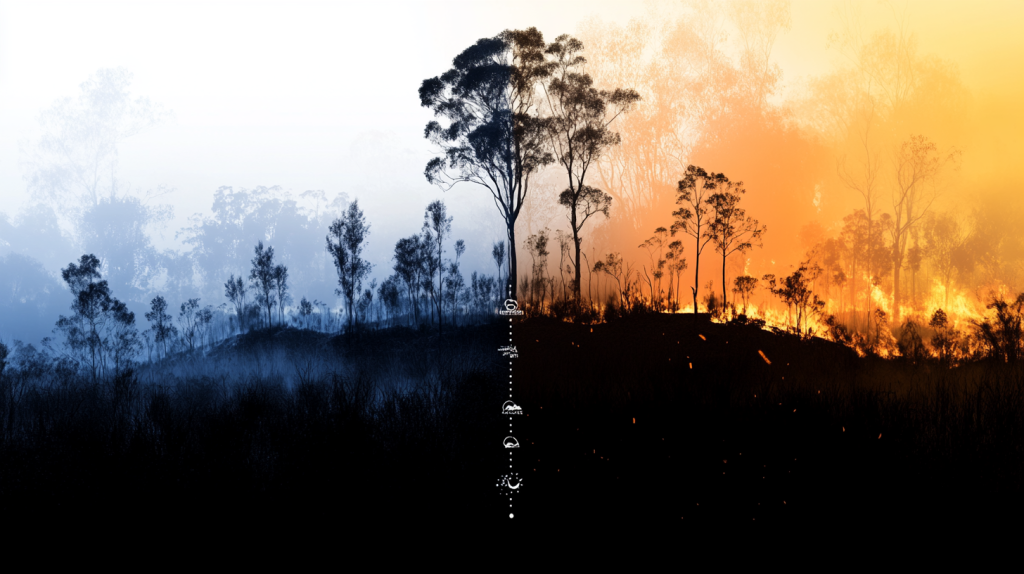
BAL Low: Minimal Risk
The BAL Low category is key for safety in homes near bushfires. These homes face little risk from bushfires, mainly from sparks, not big flames or heat.
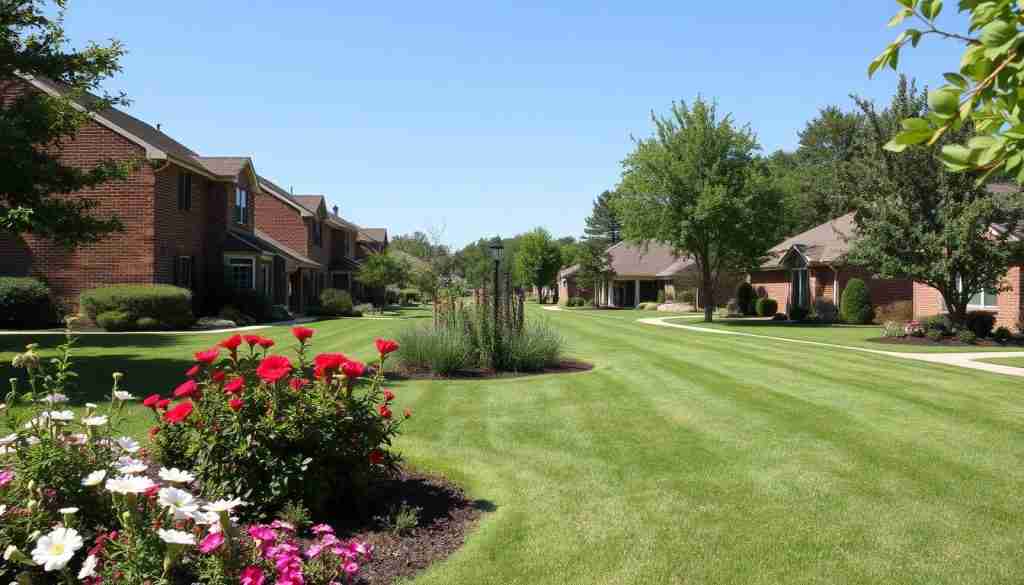
Characteristics of BAL Low
In areas with BAL Low, sparks are the main danger. This is because homes are far from fire sources like bushes. This rating means the heat from fires won’t be too strong, staying under 12.5 kW per meter squared45.
No Specific Construction Requirements for BAL Low
Homes in BAL Low areas are cheaper to build. They don’t need special fire-resistant features4. This is different from higher-risk areas that need special materials and designs.
When is BAL Low Applied?
BAL Low is for homes far from fire fuel, over 100 meters away4. Google Maps helps measure this distance. Basic site plans and photos are needed for the assessment4.
Living in a BAL Low Area
Living in a BAL Low area means less worry about heat and sparks. Even so, it’s good to follow basic fire safety tips. This keeps you safe and lets you enjoy your home without too many safety checks.
In summary, BAL Low means less risk, but being ready is still important. It helps keep homes safe and beautiful in Australia’s stunning but risky areas.
BAL 12.5: Low Risk
BAL 12.5 means a low risk of bushfires in Australia. But, it still needs careful watching and special safety steps. Knowing about BAL ratings helps in building and safety checks in bushfire areas. It’s about using the BAL system and strong building rules to fight ember attacks.
What is Ember Attack?
An ember attack is when wind carries burning debris like twigs and leaves. These can start fires before the main fire arrives. In BAL 12.5 areas, embers are a big threat. So, buildings and land need special protection to stay safe6.
Building Requirements for BAL 12.5
Building in BAL 12.5 zones must follow the Australian Standard AS3959-2009. This standard says buildings can handle up to 12.5 kW/m2 of heat. Important steps include using ember guards and toughened glass for windows. This helps protect against heat and embers7.
Living in BAL 12.5 Areas
Living in BAL 12.5 areas means being careful during bushfire season. The risk is low, but staying alert is key. Clean gutters, use fire-resistant plants, and have an escape plan ready. These steps help reduce damage from ember attacks6.
Examples of BAL 12.5 Zones
BAL 12.5 zones include some suburban areas near bushlands. These places get less ember exposure and heat. They meet BAL 12.5 standards. Following building and landscaping rules makes these areas safer than higher-rated ones.
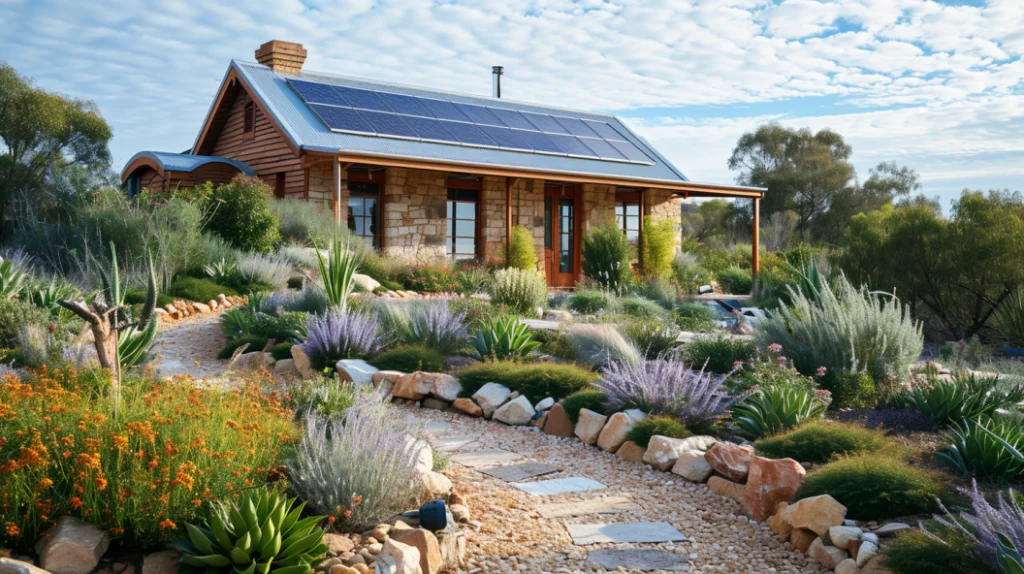
In summary, knowing about BAL ratings like BAL 12.5 makes homes safer. It teaches people about bushfire readiness and building methods. By using the BAL system and ember protection, homes can better face bushfire dangers8.
BAL 19: Moderate Risk
If your property is in a BAL 19 zone, it’s in a moderate risk area for bushfires. You need to follow specific construction rules to protect it. Knowing these rules is key to keeping your home safe.
Radiant Heat in BAL 19 Zones
BAL 19 zones face radiant heat of 12.5 to 19 kW per square meter. This shows a high fire risk. You need strong materials and designs to protect your property.
Building and Design for BAL 19
Follow the BAL 19 construction guidelines carefully. Use bushfire-resistant materials like silver top ash or river red gum9. Non-combustible products like concrete and metal are also good for high temperatures9.
Managing Moderate Risk in BAL 19 Areas
Talking to BAL consultants is smart. They help manage risks in bushfire-prone areas. They suggest the right cladding and fire-resistant landscaping to prevent bushfire damage.
Case Study: Homes in BAL 19 Areas
Homes in BAL 19 areas that follow building standards suffer less damage in bushfires. Using BAL-rated products tested for fire safety is key9.
Customer feedback shows homes that follow BAL 19 guidelines do better against bushfires. They use smart design and materials for safety109.
For more help on building in a BAL 19 zone, check Sustainable Home Magazine at https://sustainablehomemag.com. They have articles, expert interviews, and advice for bushfire-prone areas.

BAL 29: High Risk
If your property is in a high-risk BAL 29 area, you must know the rules to protect it. Living in these areas means following special building rules. These rules help keep your home safe from bushfires.
How BAL 29 Zones are Identified
Experts use special methods to find BAL 29 zones. They look at the plants around your home, how close they are, and past fires. These areas face more heat and danger from burning debris and embers.
Building for Higher Risk in BAL 29 Areas
Building a home in BAL 29 zones is different. You must use materials that won’t catch fire. This helps protect your home from embers and heat.
Preparing for Bushfire in BAL 29 Zones
Being ready is crucial in BAL 29 zones. Make a fire plan and practice it. This plan should include how to leave quickly and how to protect your home.
Importance of Fire Plans for BAL 29
A good fire plan is key in BAL 29 areas. It helps families leave fast and makes your home stronger against fires. Keep your plan and property checks up to date to reduce damage.
Following BAL construction rules is important. It keeps your home safe and strong in high-risk areas. Working with experts and using tools like drones can give you peace of mind.
BAL 40: Very High Risk
Welcome to BAL 40, where safety from bushfires is key. Living here means knowing the risks and using special building methods to protect your home and family.
What to Expect in BAL 40 Areas
In BAL 40 zones, dangers like ember attack and radiant heat are big. Every building choice must focus on fire safety and sustainable building11. Without the right steps, fires can cause a lot of damage.
Fire-Resistant Construction for BAL 40
Following BAL 40 rules makes buildings strong against heat up to 40 kW per square meter. You need materials like reinforced glass and treated timber. Before building, a BAL assessment is needed for permits11. Also, building costs go up because of the special materials and methods needed11.
Fire Safety Preparations for BAL 40 Residents
Be ready for bushfires by creating safe spaces and using ember guards. Use fire-safe materials for your yard. Regular checks and drills help you be ready for fires.
Insurance Considerations for BAL 40 Homes
Living in BAL 40 zones means higher insurance costs. Talk to your insurer to make sure your policy covers the risk of your area.
| Feature | Non-combustible materials are required for all external components |
|---|---|
| Building Material | Non-combustible materials required for all external components |
| Windows | Reinforced glass with seals to prevent ember penetration |
| Roofing | Metal roofing with minimal gaps |
| Insulation | Non-combustible insulation, meeting AS 1530.1 requirements12 |
| Perimeters | Ember-proof screens over all external openings |
Homeowners in BAL 40 areas must focus on strong construction and daily safety steps. Using BAL 40 guidelines and fire-safe materials makes your home safer during fires.
BAL Flame Zone (BAL FZ): Extreme Risk
In the BAL Flame Zone (BAL FZ), homeowners face the toughest bushfire conditions in Australia. These areas are at extreme risk of bushfires. They are prone to ember attacks and direct flame exposure.
Radiant heat can reach over 40 kW per square meter. Living here means strict adherence to BAL FZ construction rules13.
Stringent Building Regulations for BAL FZ
Australian Standard AS 3959 sets strict building rules for BAL FZ areas. Buildings must withstand flames, intense heat, and ember attacks13. Builders, architects, and local authorities work together to make sure buildings are safe and strong13.
Survival Strategies in BAL FZ Areas
Surviving in BAL FZ zones requires more than just a safe home. Creating a defensible space and following evacuation plans are key. Staying alert during bushfire season is also vital14.
Case Study: Living in BAL FZ
Living in BAL FZ is a story of survival, resilience, and adaptation. Homes are built to withstand bushfires, showing that living here is possible. Learn more about sustainable living at Sustainable Home Magazine13.

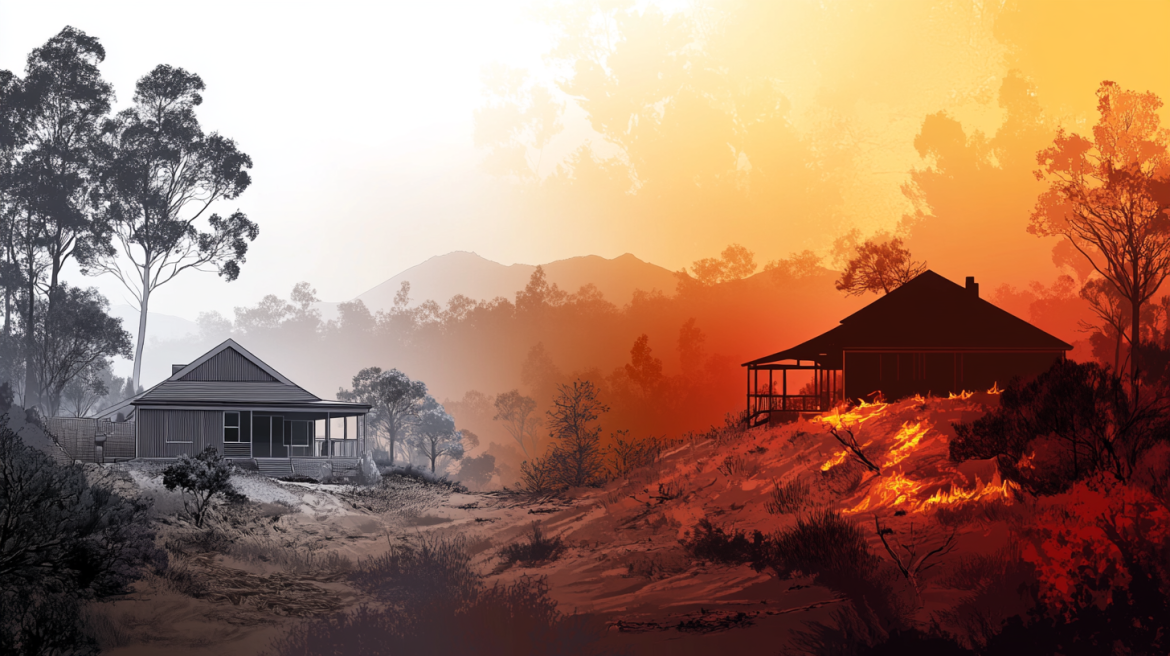
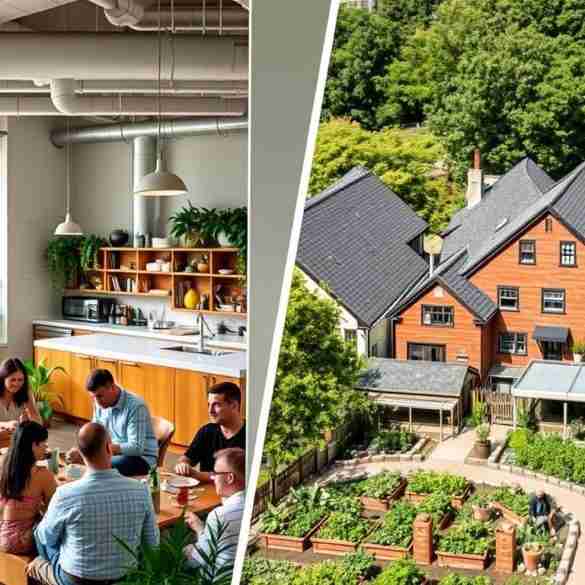
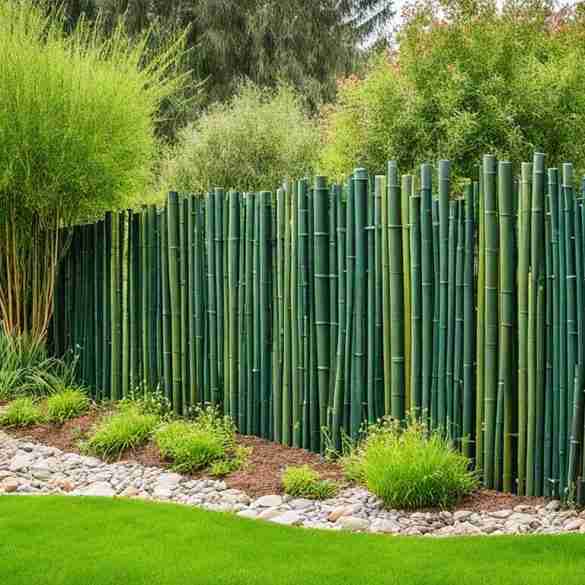
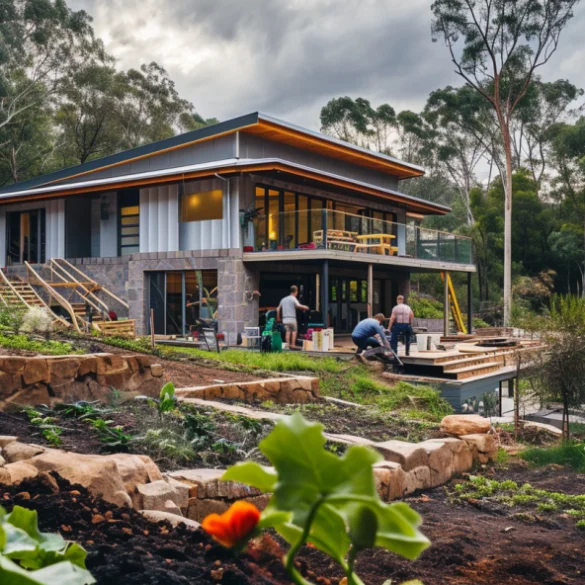
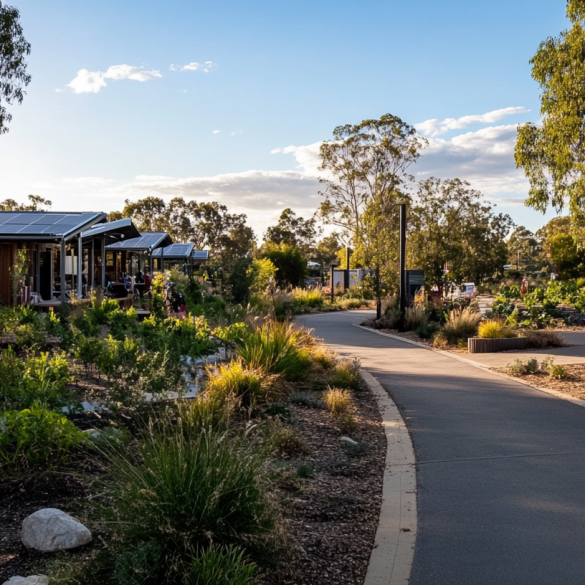
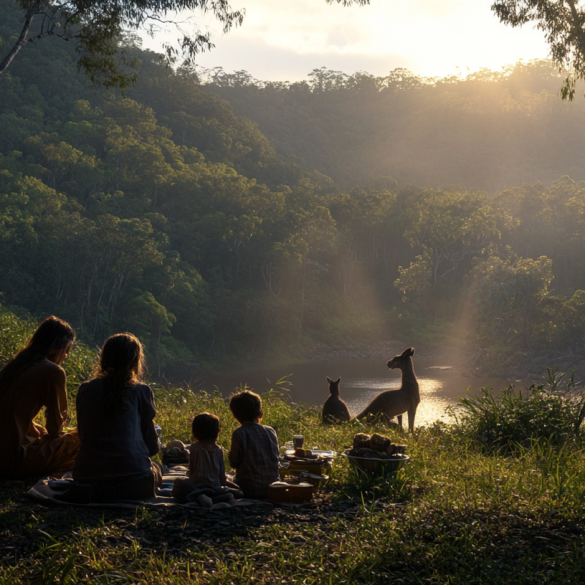
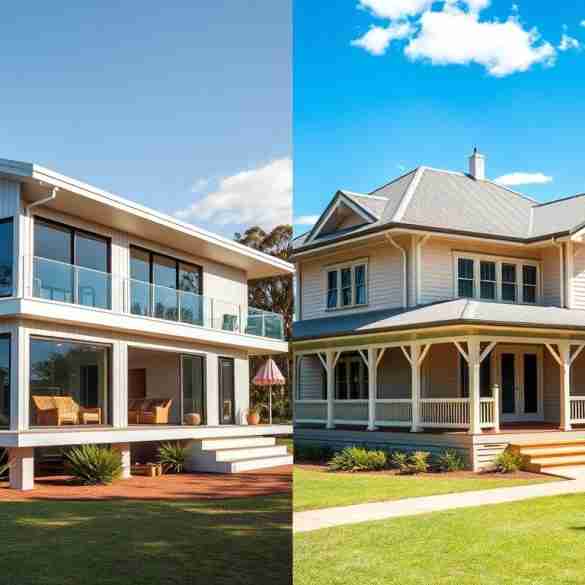
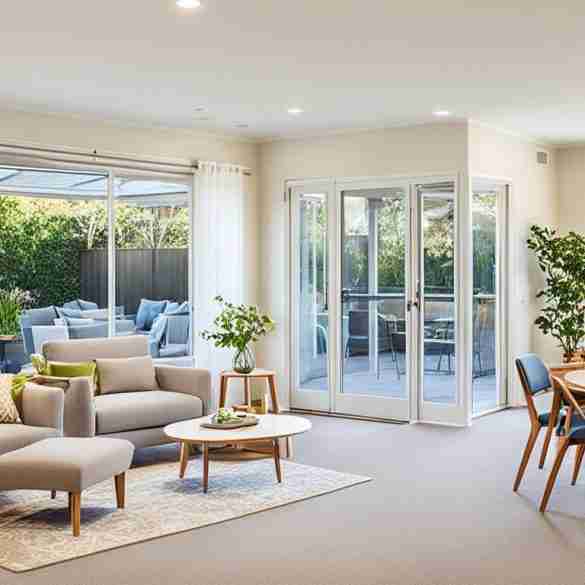
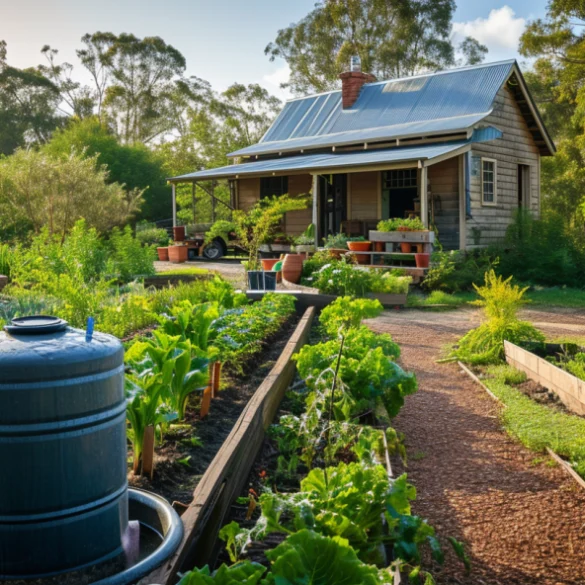
1 comment
[…] Understanding your home’s BAL rating means you can take practical steps to protect your property without going overboard or breaking the bank. If you’re curious, here’s another article that explains BAL ratings in more detail. […]